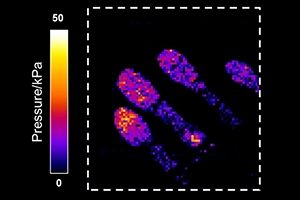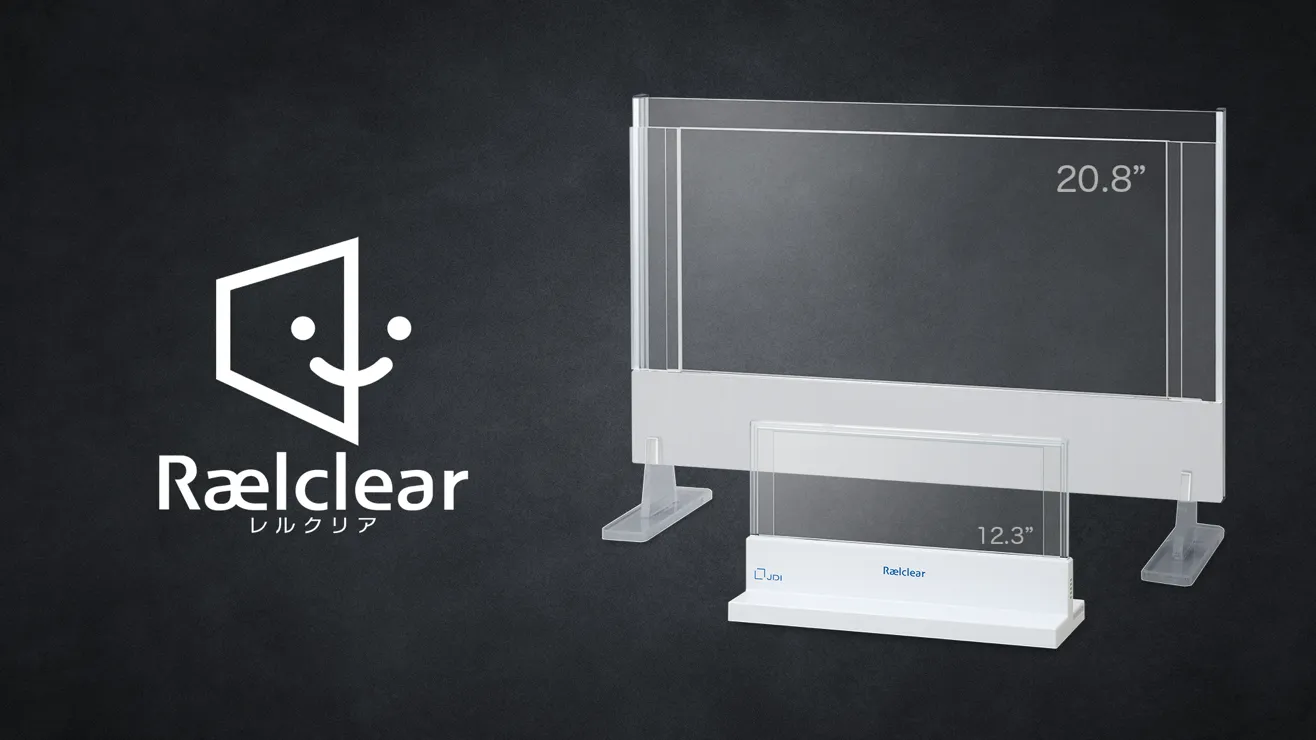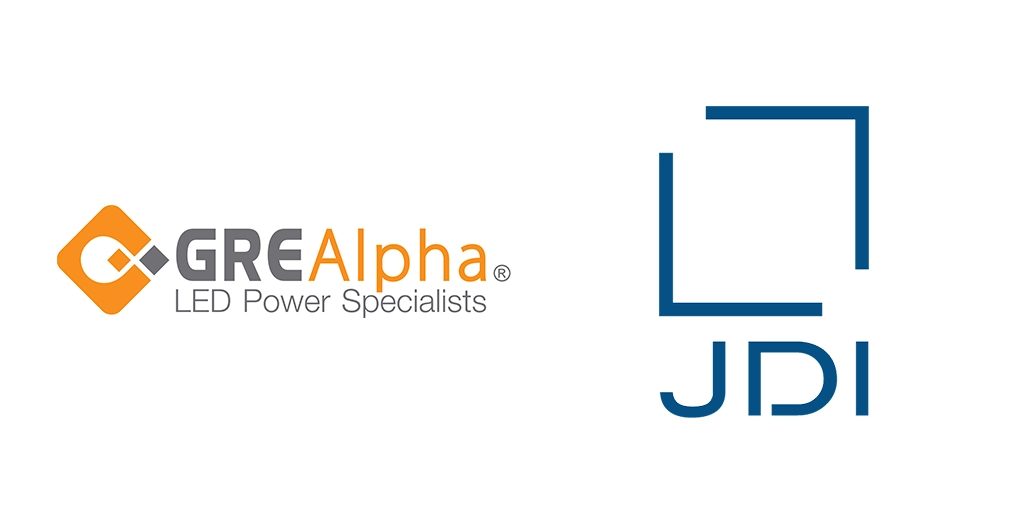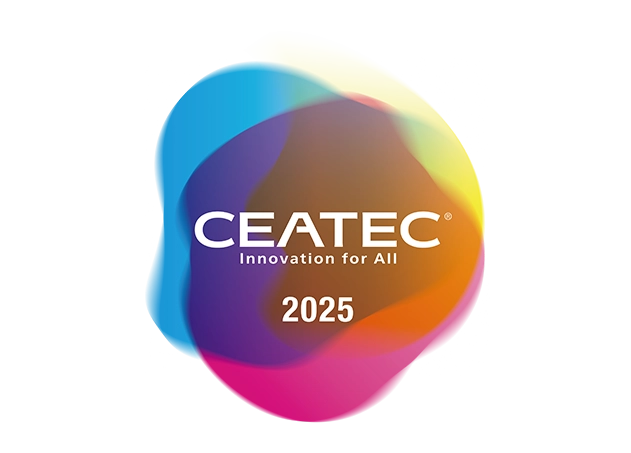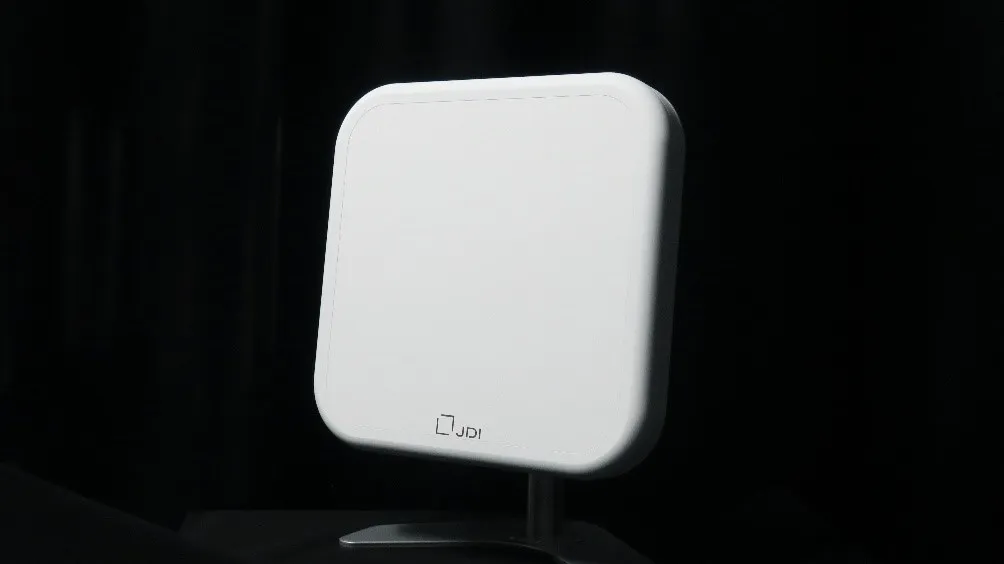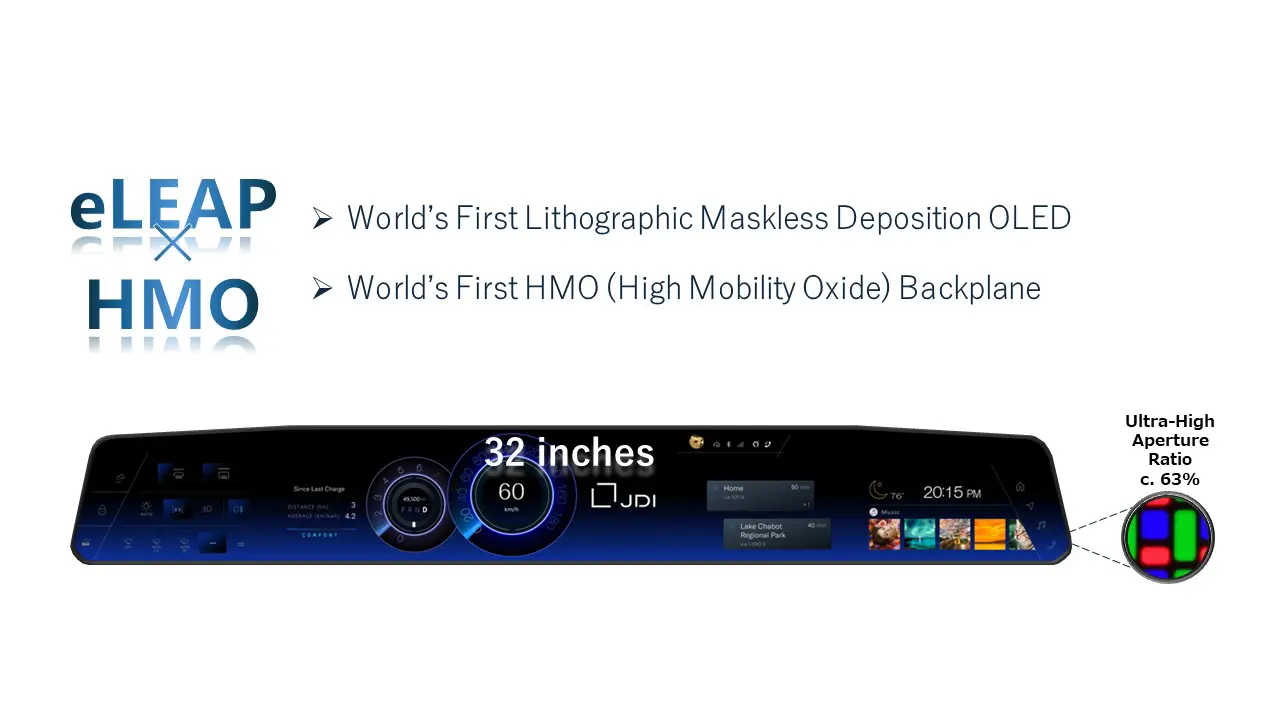-
Products & Technologies

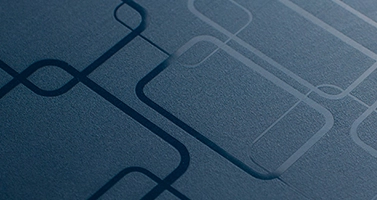
We are illuminating people's lives and making the world a better, more sustainable place by providing Global No.1 products.
We are creating new products in various fields such as automotive, medical, industrial, and wearables, utilizing our advanced technical skills, manufacturing capabilities, and quality control.
Products & Technologies
Displays

eLEAP
- High brightness, long life,&high resolution while supporting a wide range of shapes
- Environment positive GreenTech with superior cost performance

HMO
- Backplane technology with ultra-low power consumption, high resolution, & large display size capability
- Foundational technology for G8 & G10 fabs

Rælclear (Transparent Display)
- World highest transparency
- Contributing to a better world by enabling more interactive & inclusive communication

Display for Medical / Industrial / Digital Camera
- For professional use
- Adaptable to a variety of industries
Sensors
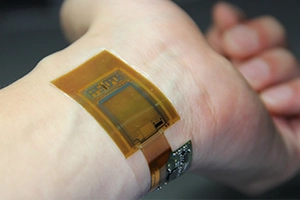
Conformable Thin Image Sensor
- Simultaneous measurement of fingerprints, veins, and pulse waves
- Softness that fits curved surfaces

SOLTIMO
- Observation and analysis of microbial growth
- Multiple units can be installed in a microbial incubator
New Business Areas & Custom development

LC Meta-Surface Reflector
- Changing the reflection angle of 5G millimeter waves
- Eliminating the shadow of communication waves

Custom Thin-film Substrates Such as TFT
- Design, manufacture, and sale of thin-film substrates
- New product development,collaboration with customers





